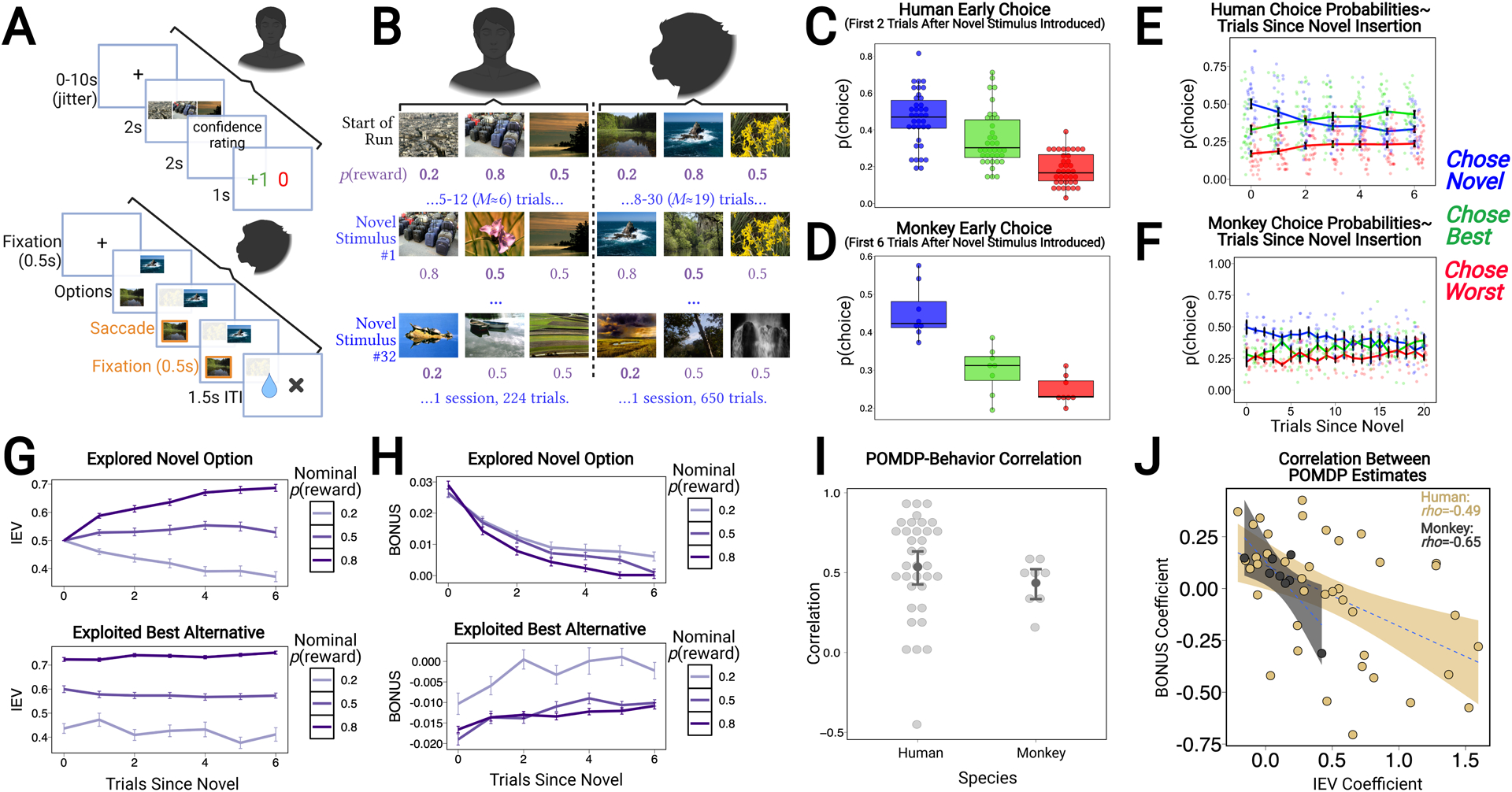Figure 1. Task Design, Behavioral & Model Performance.

(A) Trial events from the three-arm bandit task, as performed by humans and monkeys (STAR Methods). (B) Both humans and macaques chose between neutral images assigned the same nominal reward probabilities, and experienced the same number of overall novel stimulus insertion trials. Insertion rate was faster in humans. (C-D) Across both species, the novel stimulus was explored more often than the familiar alternatives were exploited, during the first few trials after a novel stimulus was introduced. When not exploring the novel option, both species exploited the best alternative more often than choosing the worst available option. (E-F) Both humans and monkeys selected the novel option less often as the number of trials elapsed since it was introduced and conversely, increased their selection of the best available option. (G-H) Mean trial-by-trial changes in the POMDP valuations of human participants’ choices broken out by the nominal reward probabilities assigned to each option. The mean IEV and exploration BONUS are shown for when participants explored a novel option (top) versus exploited the best available alternative (bottom). (I) The correlation between choice performance and the POMDP was greater than zero within humans and monkeys, and correlation strength did not differ, suggesting similar computations shape explore-exploit behavior between species. (J) The parameter estimates used to weight IEV and exploration BONUS were negatively associated across both humans and monkeys.
